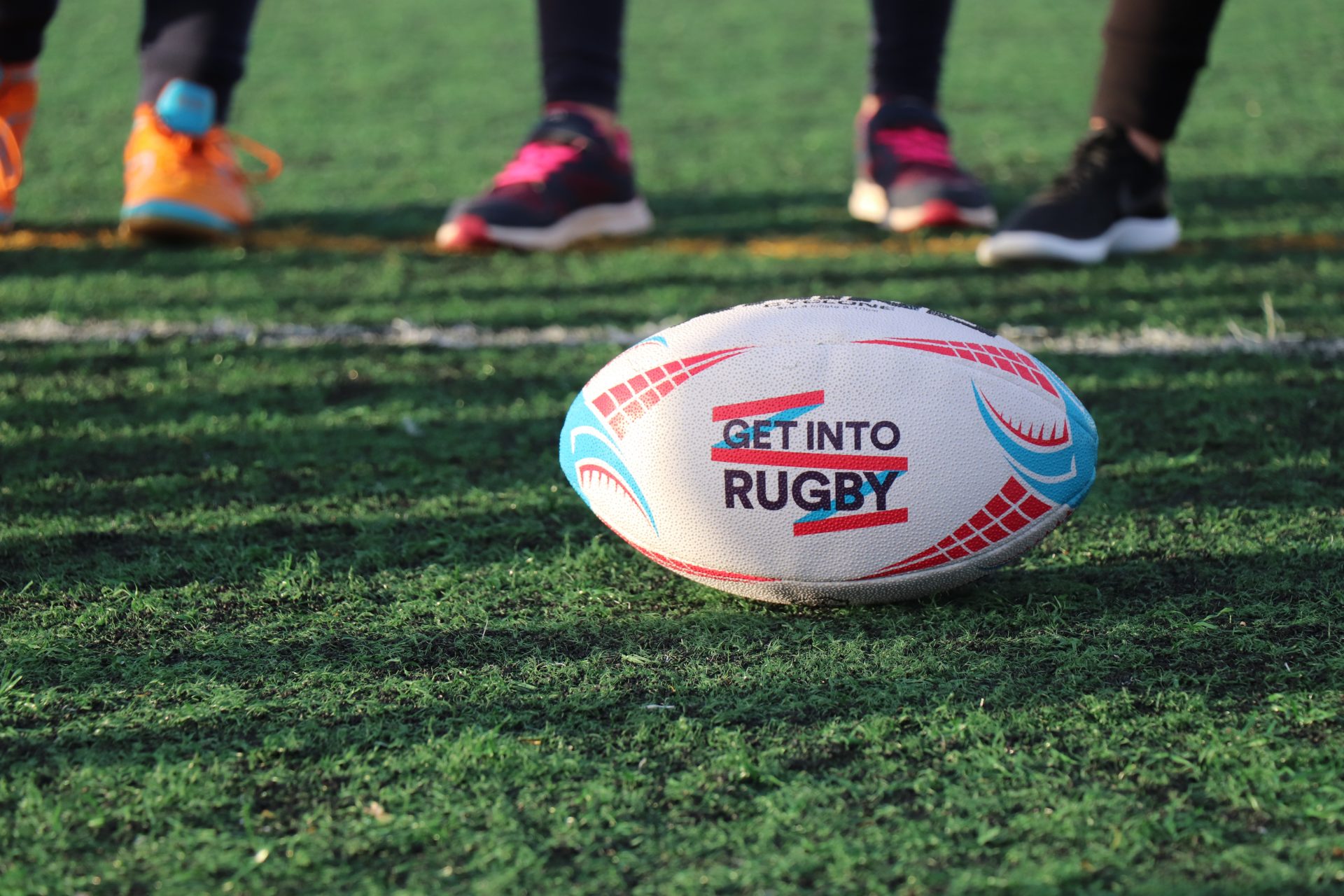Shoulder Dislocation
The winter sports season is now in full swing and with winter sports comes contact and with contact comes injury. The injury that sparked my interest recently was shoulder dislocation. It’s not a frequent occurrence but can certainly have a dramatic effect on a player’s season and have ramifications for their ongoing sports participation.
The shoulder and risk of dislocation?
Due to the nature of the shoulder, it is a joint at high risk of dislocation during contact sports. Within contact sports the tackle tends to be the activity when shoulders are most at risk of dislocation (Bohu et al., 2014). Recently it has been found that the risk of shoulder dislocation following an initial traumatic dislocation is 39% within the first year of dislocation (Olds, Ellis, Donaldson, Parmar, & Kersten, 2015). Interestingly men are more likely to suffer recurrent dislocation when compared to women, whilst people under the age of 40 are also more likely to suffer from recurrent dislocation (Olds et al., 2015). There are many contributing factors to these two statistics but it should lead to a pause if you are a young footballer who has recently suffered your first shoulder dislocation.
I’ve dislocated my shoulder, when can I return to sport?
It’s important at this point to make the differentiation between an elite athlete and the amateur. For the purposes of this discussion I’ll focus on the amateur. Good rehabilitation is vital, Dickens et al (2014) found that 27% of those who suffer an initial dislocation can complete a season without further instability. Caution is advised as it has been found that the risk of recurrent dislocation is high in those treated non-operatively and who continue high-risk activity, such as contact sport.
The extent of the initial dislocation will play an important role in the length of time to return to play and need for surgery. In general any disruption to the rotator cuff or bony morphology of the shoulder will require longer rehabilitation and is more likely to require surgical intervention. In general the shoulder should be initially immobilised, although there is no definitive data on how long this should be. Times vary from 1 – 4 weeks. One thing that is clear is that sport or rigorous activity should not be resumed for at least 6 weeks (Sedeek, Bin Abd Razak, Ee, & Tan, 2014). Rehabilitation that focuses on muscle strengthening and joint position control is then critical. Therefore it is possible that if a surgical pathway is not followed a return to sport could occur as soon as 12 weeks if all rehabilitation goals have been met, remembering the risk of dislocation remains.
Should I have surgery?
Clinicians remain divided on the best decision regarding conservative management or immediate stabilisation surgery for a dislocated shoulder. This question remains one of the most commonly asked and yet still the data is inconclusive. We know that stabilisation surgery does reduce the risk of dislocation occurrence and is especially useful in males under the age of 25 who play contact sport. The chance of a dislocation event can be reduced to 5 – 9% with stabilisation surgery (Dickens et al., 2014). However there is other data to suggest that early surgical intervention cannot be justified on this premise alone (Sedeek et al., 2014)
What do I do now?
It would appear from reviewing the research that if you play a contact sport, are male, under the age of 25 and have suffered an initial shoulder dislocation with no labral or rotator cuff injury then you may be able to avoid surgery. However there is a high risk of recurrence. This does diminish if there is bony injury involved in the initial dislocation but it needs to be remembered that rehabilitation will be longer (Fedorka & Mulcahey, 2015). My advice would be if you wish to continue playing contact sport then consider undergoing surgical stabilisation and if like Garry Ablett Junior you choose this path be prepared to have patience as you progress through your rehabilitation goals.
References
- Bohu, Y., Klouche, S., Lefevre, N., Peyrin, J. C., Dusfour, B., Hager, J. P., … Herman, S. (2014). The epidemiology of 1345 shoulder dislocations and subluxations in French Rugby Union players: a five-season prospective study from 2008 to 2013. British Journal of Sports Medicine, 1–6. doi:10.1136/bjsports-2014-093718
- Dickens, J. F., Owens, B. D., Cameron, K. L., Kilcoyne, K., Allred, C. D., Svoboda, S. J., … Rue, J.-P. (2014). Return to Play and Recurrent Instability After In-Season Anterior Shoulder Instability: A Prospective Multicenter Study. The American Journal of Sports Medicine, 42(12), 2842–2850. doi:10.1177/0363546514553181
- Fedorka, C. J., & Mulcahey, M. K. (2015). Recurrent anterior shoulder instability : a review of the Latarjet procedure and its postoperative rehabilitation. The Physician and Sportsmedicine, 3847(1), 73–79. doi:10.1080/00913847.2015.1005543
- Olds, M., Ellis, R., Donaldson, K., Parmar, P., & Kersten, P. (2015). Risk factors which predispose first-time traumatic anterior shoulder dislocations to recurrent instability in adults: a systematic review and meta-analysis. British Journal of Sports Medicine, 1–11. doi:10.1136/bjsports-2014-094342 Sedeek, S., Bin Abd Razak, H., Ee, G., & Tan, a. (2014). First-time anterior shoulder dislocations: should they be arthroscopically stabilised? Singapore Medical Journal, 55(10), 511–516. doi:10.11622/smedj.2014132

